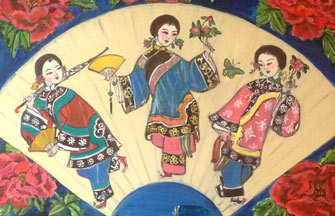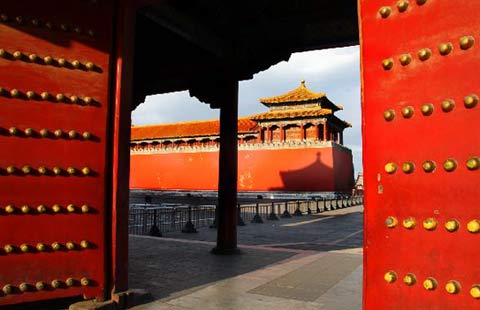Foreigners flock to China's 'porcelain capital'
By Peng Yining and Hu Kaiyong ( China Daily ) Updated: 2014-06-25 07:09:56
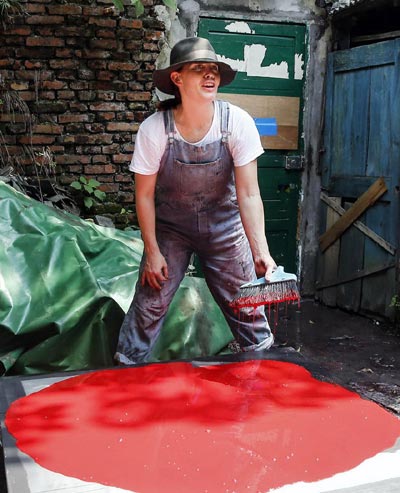 |
|
China De La Vega, an Australian potter and painter, enjoys life and work in Jingdezhen. Zhang Hao / China Daily |
 |
| Preserving the ancient traditions |
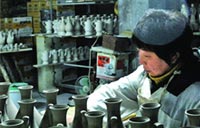 |
| Jingdezhen raises porcelain standard |
As one of very few institutes in China devoted to ceramics, the school is attracting an increasing number of international students, according to Hu. "Many artists and pottery lovers come here because of Jingdezhen's fame. Some of them apply to teach English in our school, and in return we let them join our ceramic classes," he said, adding that although the city's fame rests on its ancient porcelain arts, modern ceramics are not ignored.
Oldest and best
Tran Suc Linh, a 24-year-old sophomore from Vietnam, is studying chemistry and ceramic materials in Jingdezhen. "In Vietnam, we only have about a dozen glazes, but in Jingdezhen, I have discovered hundreds of them," said Linh, whose family owns a ceramics factory. "Everyone in this industry knows that Jingdezhen's porcelain is not only the oldest, but also the best. You can find every material, skill and piece of equipment this business requires in this city."
According to Li Jianshen, Sanbao's founder and an acclaimed ceramic artist in his own right, as a global commodity, porcelain is international and universal. People can understand its beauty despite the language barrier and cultural differences, and that's why porcelain and Jingdezhen attract so many people from outside China.
He said people have an instinctive impulse to play with mud and to make things. They don't have to understand Chinese to understand Chinese porcelain.
"Jingdezhen was the place where the most brilliant potters were found, and they developed an instinct into an art," he said. "It's like when people love classical music, they visit Europe. But if you make porcelain, you come to Jingdezhen."
|
|
|
|
|
|
|
|


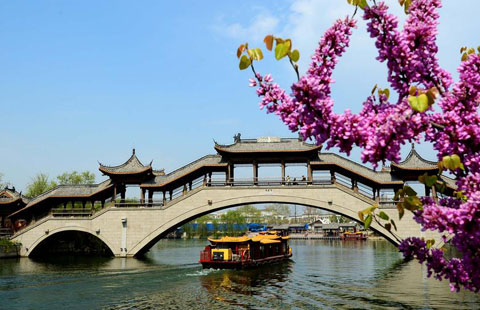



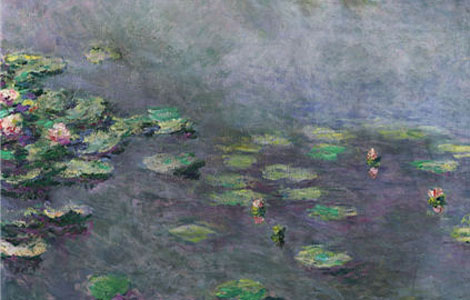






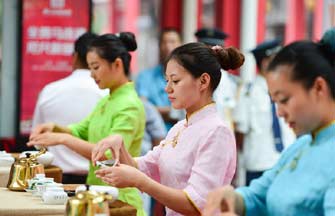




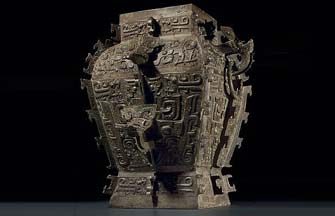



 Raymond Zhou:
Raymond Zhou: Pauline D Loh:
Pauline D Loh: Hot Pot
Hot Pot Eco China
Eco China China Dream
China Dream China Face
China Face
